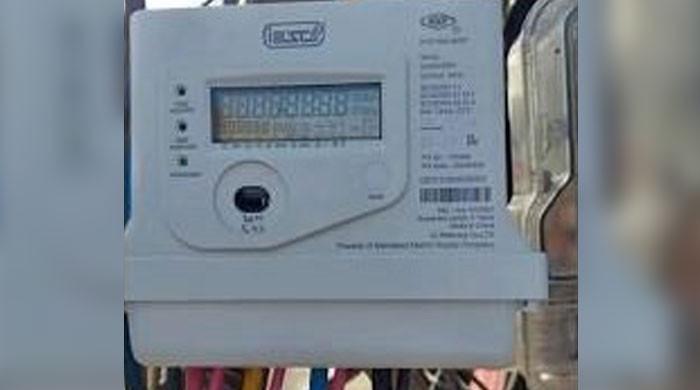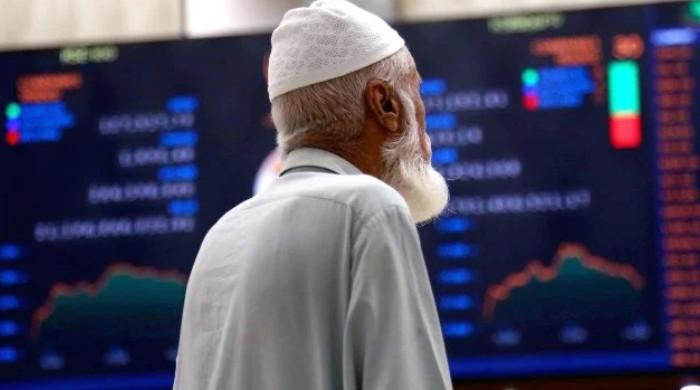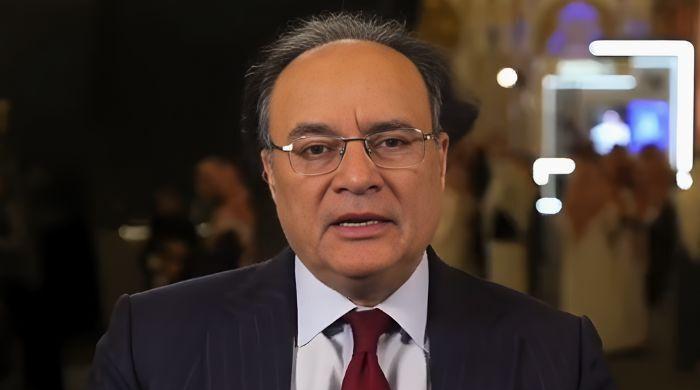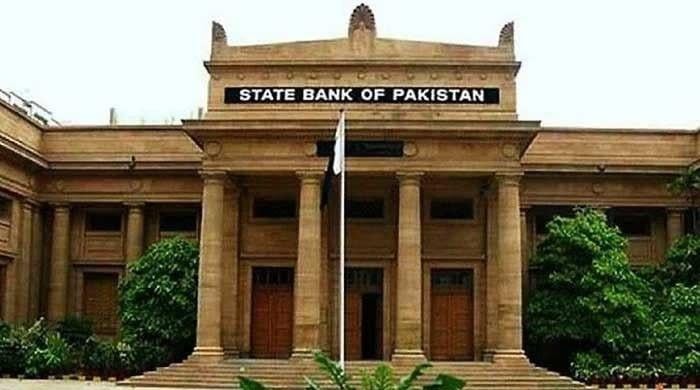Rupee continues downward spiral for third straight session
The local currency eased by Re0.22 or 0.10% versus the dollar to close at 221.91 compared to Monday’s close of 221.69
November 15, 2022
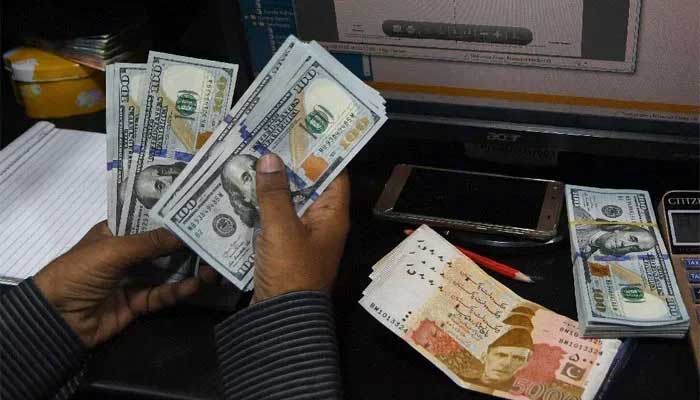
- The Pakistani rupee continues to fall for the third session in a row in the interbank trade today.
- The local currency eased by Re0.22 or 0.10% versus the dollar to close at 221.91 compared to Monday’s close of 221.69.
- “Rising dollar demand, foreign funding drought and political ferment weighed on the rupee,” says a currency dealer.
KARACHI: The Pakistani rupee maintained its downward trend against the US dollar for the third consecutive session in the interbank market on Tuesday.
The local unit eased by Re0.22 or 0.10% versus the dollar to close at 221.91 compared to Monday’s close of 221.69, the State Bank of Pakistan (SBP) data showed.
Traders pinned this downtrend to lean foreign exchange reserves amid rising imports, while the decline was also attributed to an increase in demand for the greenback from importers.
“Rising dollar demand, foreign funding drought, increase in country’s default risk, and political ferment weighed on the rupee,” said a currency dealer.
Moreover, the postponement of Saudi Crown Prince Mohammad bin Salman’s visit to Pakistan and the rescheduling of talks between the International Monetary Fund (IMF) and Islamabad for the completion of the ninth review of the IMF’s bailout package hurt investor sentiment.
Dealers expect the rupee to remain range-bound in the coming sessions, depending on the demand and supply of the dollars in the market.
As of November 4, the forex reserves held by the SBP fell by $956 million.
As a result, reserves held by the central bank have fallen to as low as $7.9 billion, enough to cover less than six weeks of imports. The reserves declined on external debt servicing, according to the SBP.
Remittances from abroad dropped by 8.6% to $9.9 billion in the first four months of the current fiscal year. In October, the cash transfers fell to $2.2 billion, a 15.7% decrease from a year earlier. In October, remittances have fallen by 9.1% month-on-month.




